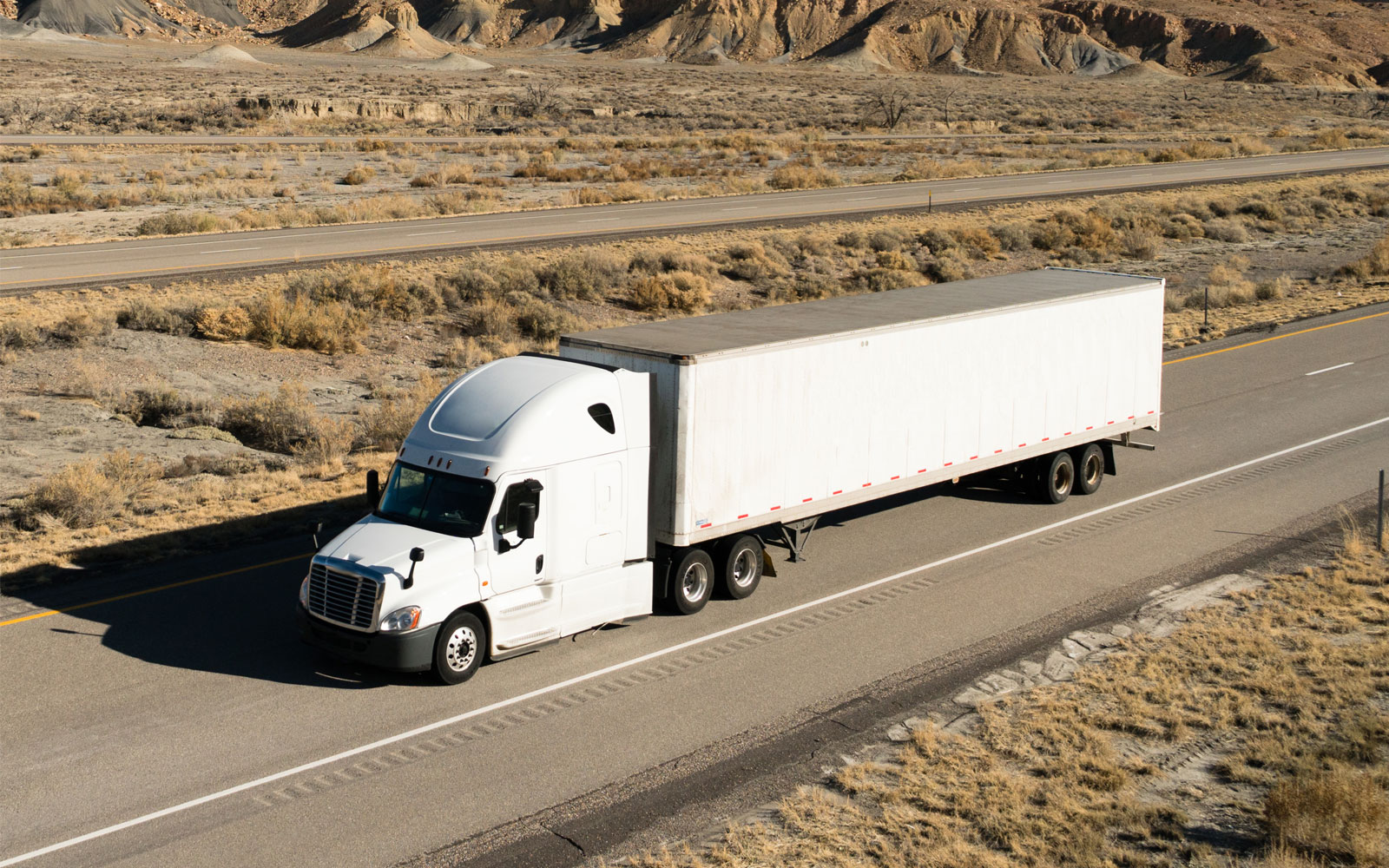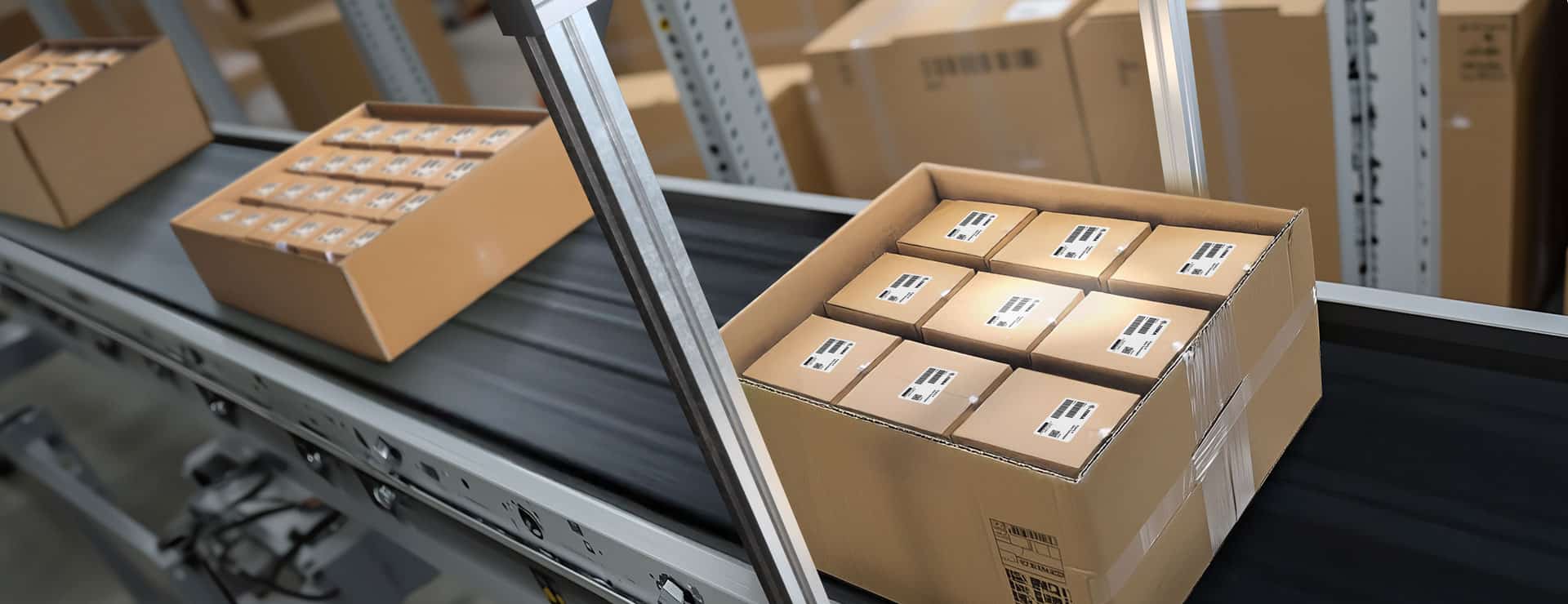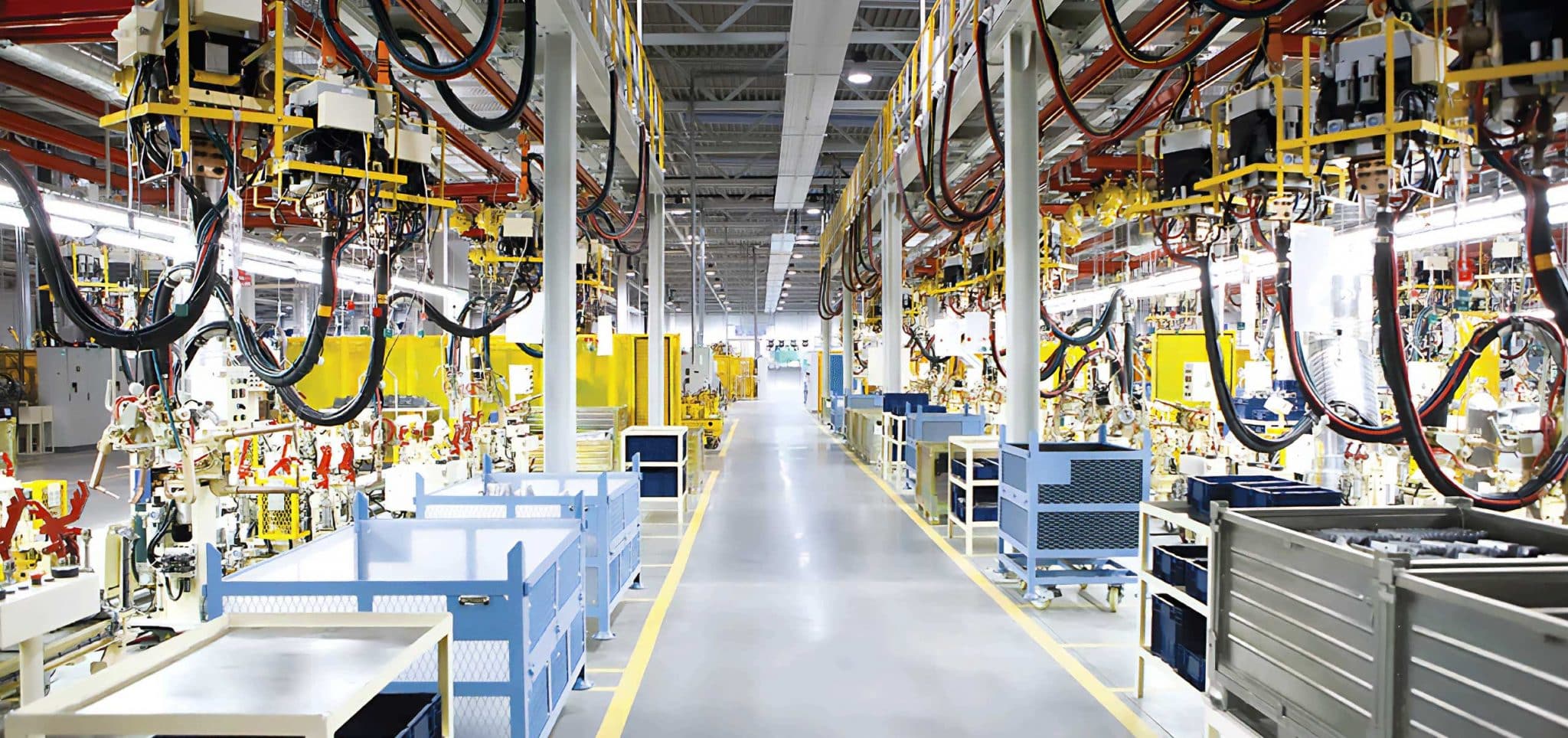There’s no denying that today’s market presents serious challenges. From supply chain disruptions and labor shortages and sudden shifts in consumer demand, businesses across all industries are being pushed to adapt quickly.
But within these challenges lie powerful opportunities — particularly when it comes to adopting new technologies. Forward-thinking business leaders who act now can gain a significant competitive advantage.
One of the best options worth considering in this landscape? Autonomous mobile robots (AMRs). These intelligent systems are already transforming warehouses and distribution centers, with their impact rapidly expanding across various industries.
Not sure why autonomous mobile robots are so valuable or what they can accomplish? Read on to explore the evolution, benefits, and future potential of autonomous mobile robots.
What is an AMR?
An autonomous mobile robot is a type of robot that can perceive its environment and make decisions to navigate and perform tasks without direct human supervision. Unlike programmed or guided robots, AMRs are capable of free navigation allowing them to choose optimal paths in dynamic settings. This makes them especially useful in warehouses and other environments in which robots may need to navigate numerous routes.
Autonomous mobile robots should not be confused with automated guided vehicles (AGVs). While these technologies seem similar at first glance, there are key differences.
AGVs rely on specific lanes, limiting their operational flexibility. Their predetermined routes mean that they are limited in scope. This is true even for the most advanced models that have some limited abilities to detect obstacles. In contrast, AMRs are designed to adapt in real time, navigating around obstacles and dynamically adjusting their routes based on their surroundings.
History of This Technology
While AMRs might feel like science fiction, they’ve actually existed in some capacity for decades. Initially relied upon for neurophysiology research, they featured bump sensors, light sensors, and eventually, sound sensors. For several decades, autonomous mobile robots remained primarily in laboratory settings.
Commercial AMRs entered the scene in the 90s with the introduction of the HelpMate. Since then, they’ve grown far more sophisticated. Powered by machine learning and artificial intelligence, they are increasingly relied on for automated storage and retrieval, transporting goods, raw materials, and products efficiently within a warehouse or manufacturing facility. They are now just as efficient as human workers, and often, far more accurate.
These robots can be difficult for many people to identify, as they take several forms. Automated forklifts are capable of dropping off pallets, while AMR carts assist with picking. Meanwhile, inventory management AMRs offer high-level scanning to better keep track of stock. Even cleaning can be handled via AMR, thereby ensuring a more hygienic environment.
How Do AMRs Work?
A variety of perception technologies allow AMRs to detect where they are and whether any obstacles might be present. For example, they mimic the sense of sight with help from LiDAR (light detection and ranging) scanners, UWB (ultra-wide band) sensors, or conventional 2D or 3D cameras.
These and other technologies help these robots “see” their surroundings and make immediate navigation decisions. Equipped with these visual tools, AMRs need not stick to a guided path.
Some AMRs also incorporate auditory sensors, such as microphones, which can detect and respond to sound cues. While less common than visual perception, this can support intelligent navigation in noisy or complex environments.
Finally, AMRs are also aided by digital maps, which provide a more comprehensive overview of the warehouse environment or workspace. These maps typically include static or semi-static elements like shelving, pallet racking, and conveyor systems. Beyond this, they use the built-in sensing technologies described above to detect mobile obstructions such as workers or other AMRs to avoid collisions.
This clever combination provides both immediate insight and an overarching “understanding” to promote both long-term efficiency and swift adjustments to evolving conditions.
Known as simultaneous localization and mapping (SLAM), advanced AMR technology allows bots to localize their positions according to maps developed via high-level algorithms.
Benefits of AMRs in the Warehouse Environment
A natural fit for the modern warehouse environment, autonomous robots promise to deliver huge improvements in efficiency, accuracy, and productivity. They also make today’s warehouses as flexible as possible.
The following are just a few of the many advantages these high-tech solutions promise to deliver:
Addressing Labor Shortages
Labor shortages are a huge source of concern across businesses of all types. Warehouse facilities, in particular, struggle to get enough workers on board.
These issues are significant even during low-demand periods, but they’re bound to accelerate when the holiday season draws near. At this point, scalability becomes a key concern for the eCommerce industry, which struggles to keep up with unprecedented demand.
AMRs fill in the gap when it’s difficult to get facilities fully staffed. These robots can operate longer hours while handling the most mundane or dangerous tasks. This can significantly reduce the burden on today’s busy employees, particularly when peak periods of demand arrive.
For example, AMRs can significantly enhance the picking process in warehouses by efficiently navigating through aisles, identifying and retrieving items with precision, and reducing the need for human intervention. By using their advanced sensors and AI to map the warehouse layout, avoid obstacles, and optimize routes, these warehouse robots ensure that items are picked and delivered to the appropriate locations faster and with greater accuracy than human pickers. By automating repetitive tasks, AMRs not only increase productivity and reduce errors, but also allow human workers to focus on more complex and value-added activities, ultimately leading to a more streamlined and cost-effective warehouse operation.
Strategic implementation of AMRs can increase warehouse efficiency and should make it easier for businesses to scale up and shift workflows in time for the holiday rush. Likewise, sudden increases in customer demand can be accommodated without significantly increasing labor costs or other expenses.
Increased Flexibility
AGVs, as mentioned previously, can streamline a variety of warehouse operations. Unfortunately, because they are limited to specific routes, these solutions tend to be less flexible. This can be problematic given the current need for warehouse agility. Enterprises that are unable to adjust at a moment’s notice are at a huge disadvantage as compared to their more flexible counterparts.
AMRs bypass this issue because they are free to move wherever and whenever they need. As such, they are not limited to a single route and are therefore better able to carry out a variety of tasks. They can stop by several locations or workstations in a warehouse — and according to whatever timing proves the most efficient.
Warehouse automation strategies that rely on AMRs can easily implement new processes as needed to respond to changes in demand or SKUs. The AMRs themselves can meet these changes; simply add more when they are required or use fewer until it’s time to scale up again. Their inherent flexibility extends to multiple locations, as relocation is uniquely easy when they are involved.
High Accuracy
Human workers are prone to errors — especially under the current pressures of the competitive labor market. There’s only so much employees can handle when they’re limited to manual processes.
Thankfully, robotic solutions such as AMRs deliver impressive accuracy. This is particularly evident when examining metrics for manual versus automated order picking. For example, in a large eCommerce warehouse, AMRs can precisely navigate to the correct shelf, scan barcodes, and verify product details before picking an item. This reduces the chances of picking the wrong product, especially in a high-volume environment where errors can occur due to manual handling. AMRs can also cross-check orders in real-time with the warehouse management system (WMS), ensuring that every item picked matches the order specifications exactly. By automating these tasks, AMRs help maintain consistent order fulfillment accuracy, reducing costly returns and enhancing overall customer satisfaction.
Get Started With AMR Technologies in Your Warehouse
Interested in embracing autonomous mobile robots but unsure where to begin? With so many variables to consider, getting started can feel overwhelming, but partnering with the right vendor can make all the difference.
Proper implementation is key to making the most of all that today’s automation solutions have to offer. The sooner you adopt AMR technology, the sooner you can offload repetitive, time-consuming tasks and redirect focus to higher-value work. What’s more, AMR is a cost-effective strategy that will save your enterprise a great deal in the long-run.
Peak Technologies specializes in AMR solutions designed specifically for warehouse and distribution environments. Our team works with you to assess your facility, optimize your workflows, and develop a strategy that fits your operational goals. From initial planning to full deployment, we ensure your AMR system is seamlessly integrated and fully aligned with your business needs.
If you’re ready to bridge the gap between exciting tech and personalized implementation, don’t hesitate to get in touch. Contact our team today to learn more about our advanced warehouse automation services.


























